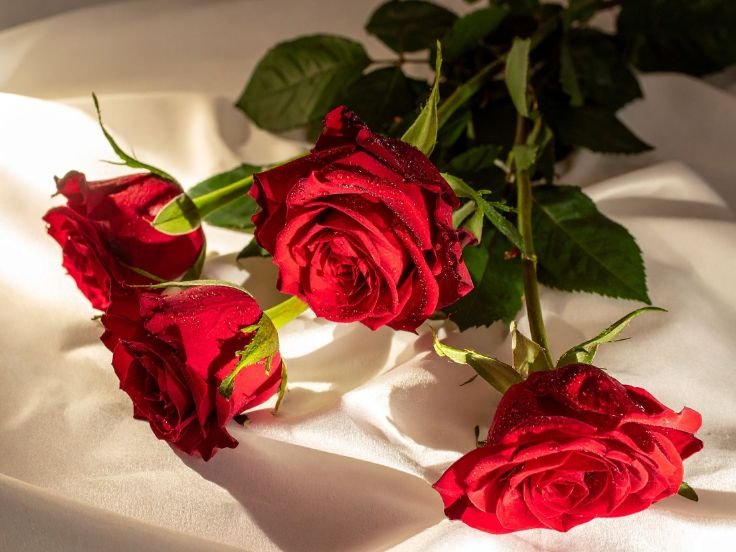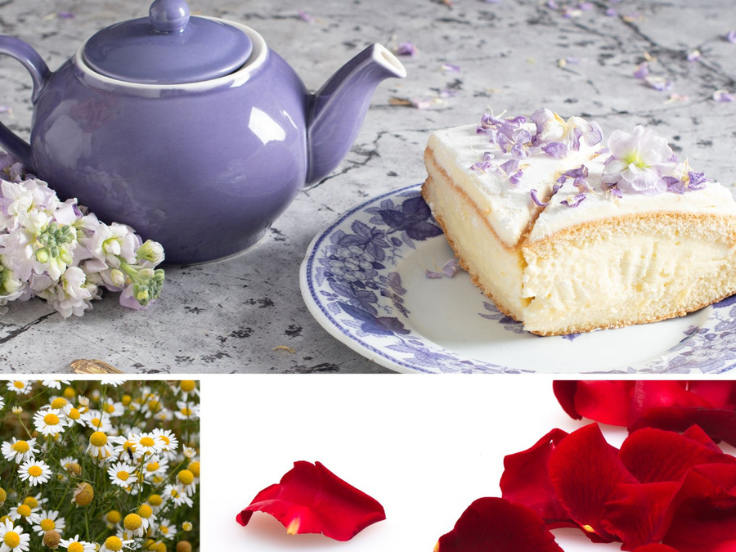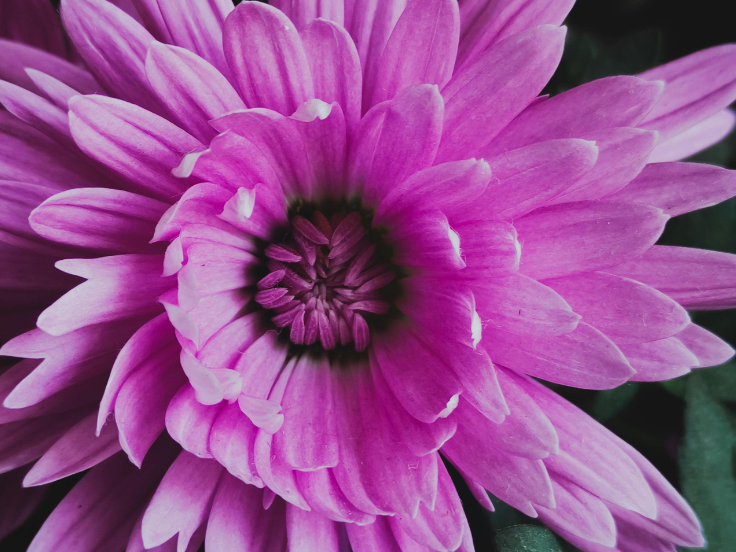In the culture of India, flowers have always meant something and are a major part of Indian literature, myths, and folklore. The flowers mentioned range from jasmine with a nice aroma to the lotus, which is holy, representing love and purity, for instance, which adds to the richly woven tapestry that is India’s culture.
The lotus flower belongs to the family of Nelumbonaceae, specifically Nelumbo nucifera. This flower is the most important in Hindu myths. It is connected to deities like Lakshmi and Vishnu, for example. It’s also connected to Brahma. In various depictions, the Goddess Lakshmi, who is the deity of wealth and prosperity, is said to be perched on a fully developed lotus, which signifies the growth of spiritual consciousness. Lord Vishnu is pictured clutching a lotus, signifying purity and heavenly beauty. The cosmos is claimed to have originated from the eternal and pure, while Brahma, the creator deity, is said to have sprung from a lotus that sprang from Vishnu’s navel.
Jasmine is well known for its fragrant aroma, and this flower belongs to the Jasminium species. It is woven deeply into Indian culture and literature. Garlands made out of jasmine represent the age-old love tale of Radha and Krishna and their unending love. In Sanskrit poetry, this flower is often mentioned for its beauty and sensuality. Kalidasa and other poets have used this flower to express desire and love.
The striking and colorful marigolds are used in religious rituals and celebrations in India. They decorate altars, temples, and houses using marigolds in the form of garlands. The Indian poet and writer Rabindranath Tagore used marigolds in his writings, which came under Bengali literature, to emphasize the cultural value these flowers have.
With its delightful scent, the champa flower (Plumeria spp.) is another blossom that is extensively featured in Indian literature and mythology. The champa, a sign of devotion and commitment, is utilized in devotional rites at many Hindu temples. The famous writer and poet Kalidasa often alluded to champa flowers in his plays, equating them with grace and beauty.
Lotuses are also quite common in Jain and Buddhist traditions. The Buddha is frequently seen seated or standing on a lotus in Buddhist art, signifying enlightenment and the purity of the soul rising above the muck of material life. The lotus is revered in Jain literature as a symbol of purity and spiritual enlightenment.
In summary, flowers have greater significance in Indian mythology and literature than just being decorative elements; they are potent symbols with profound spiritual and emotional connotations. Flowers, whether in the form of the graceful champa, the fragrant jasmine, the festive marigold, or the holy lotus, have left a lasting aroma in the annals of Indian literary and mythical traditions.
Discover more such interesting blogs on our website!












